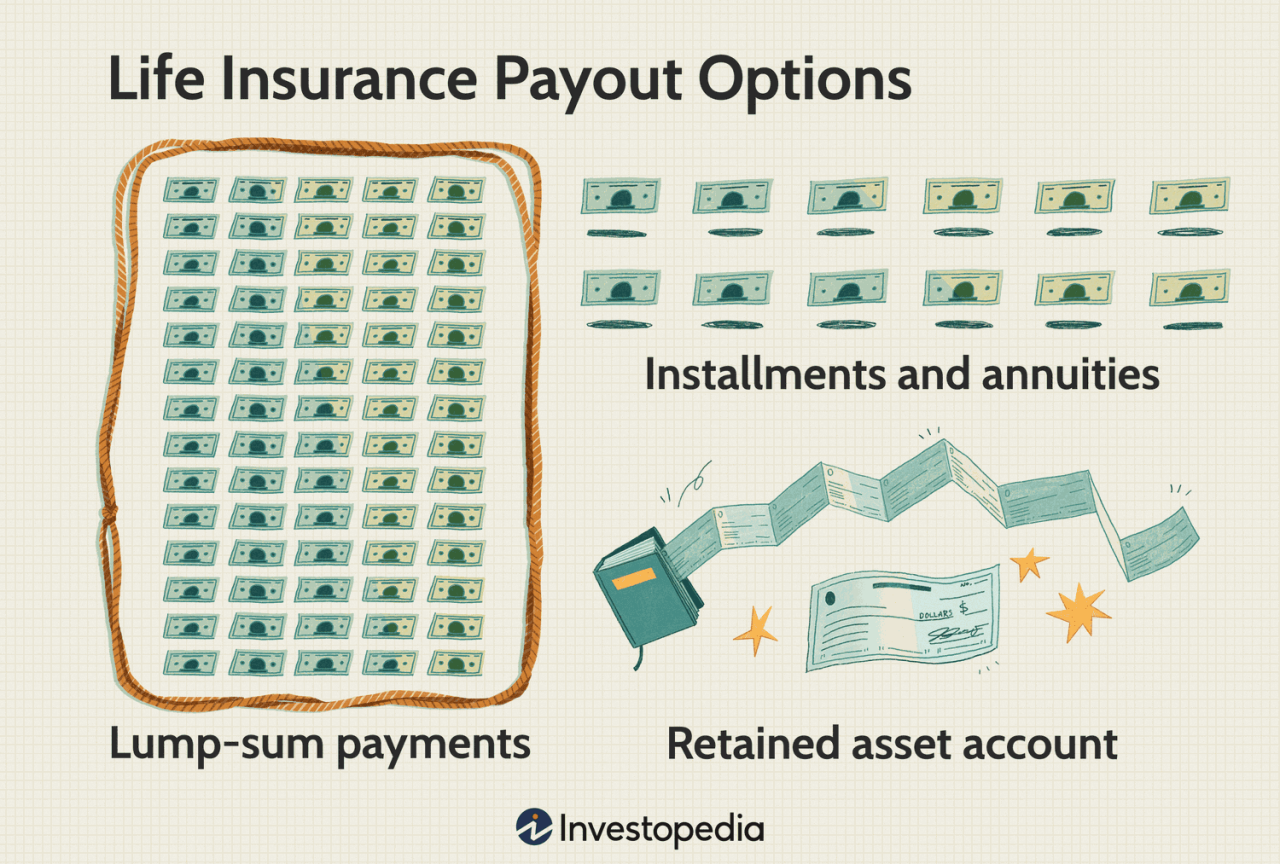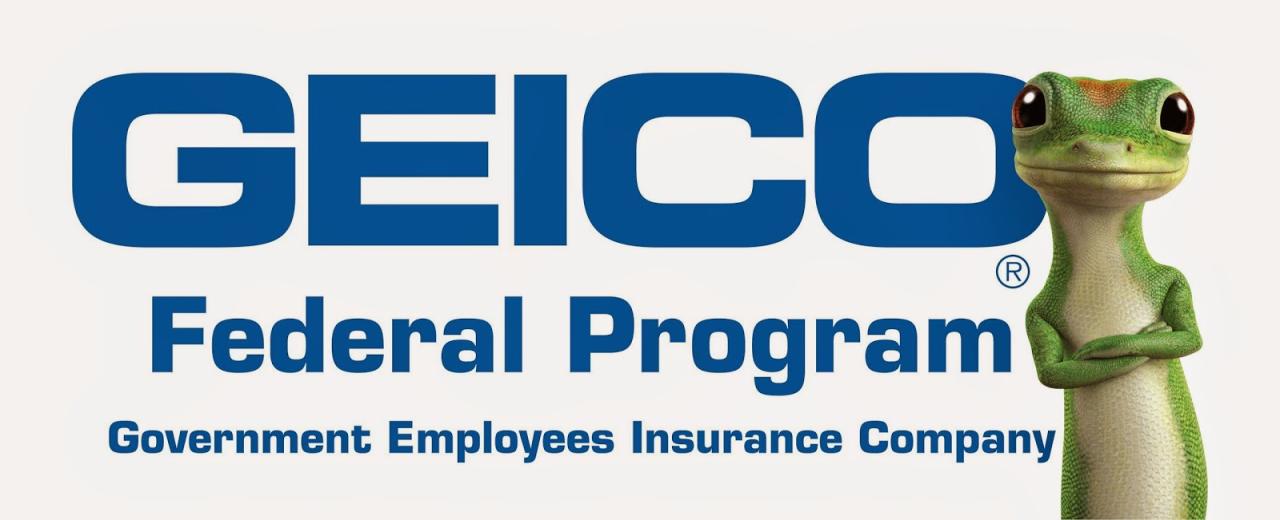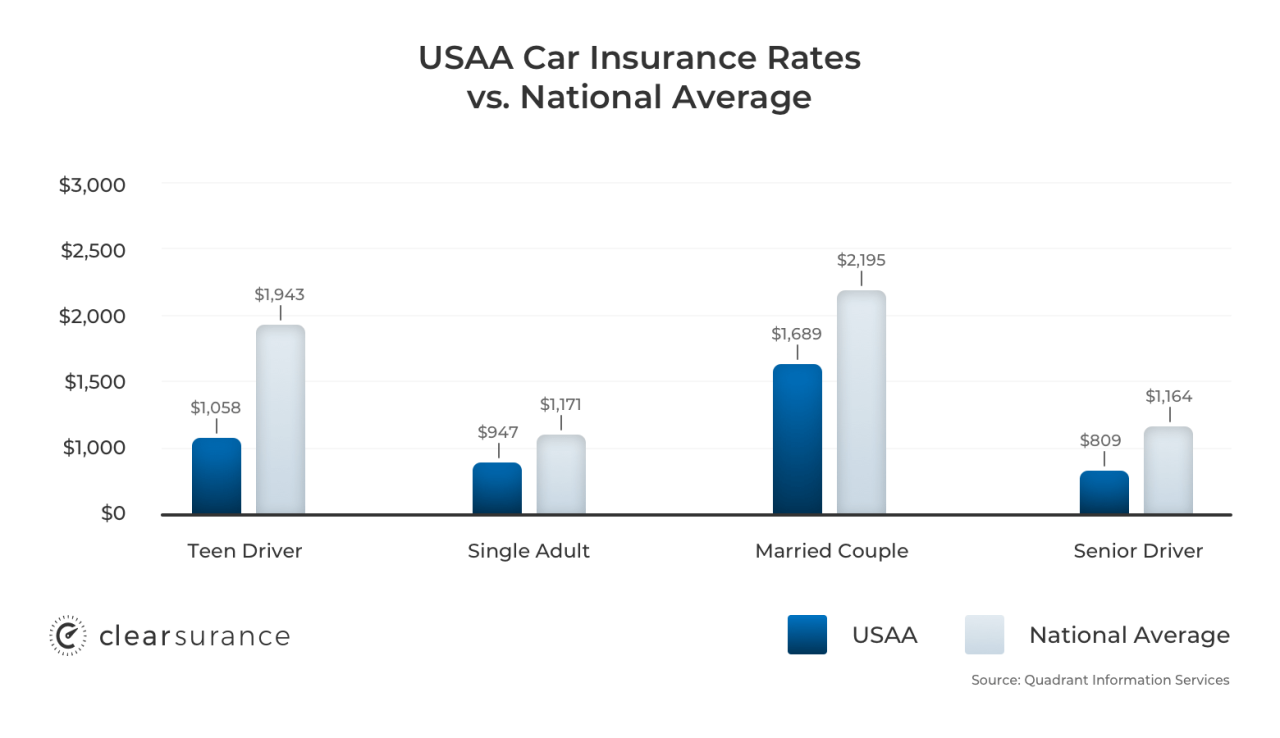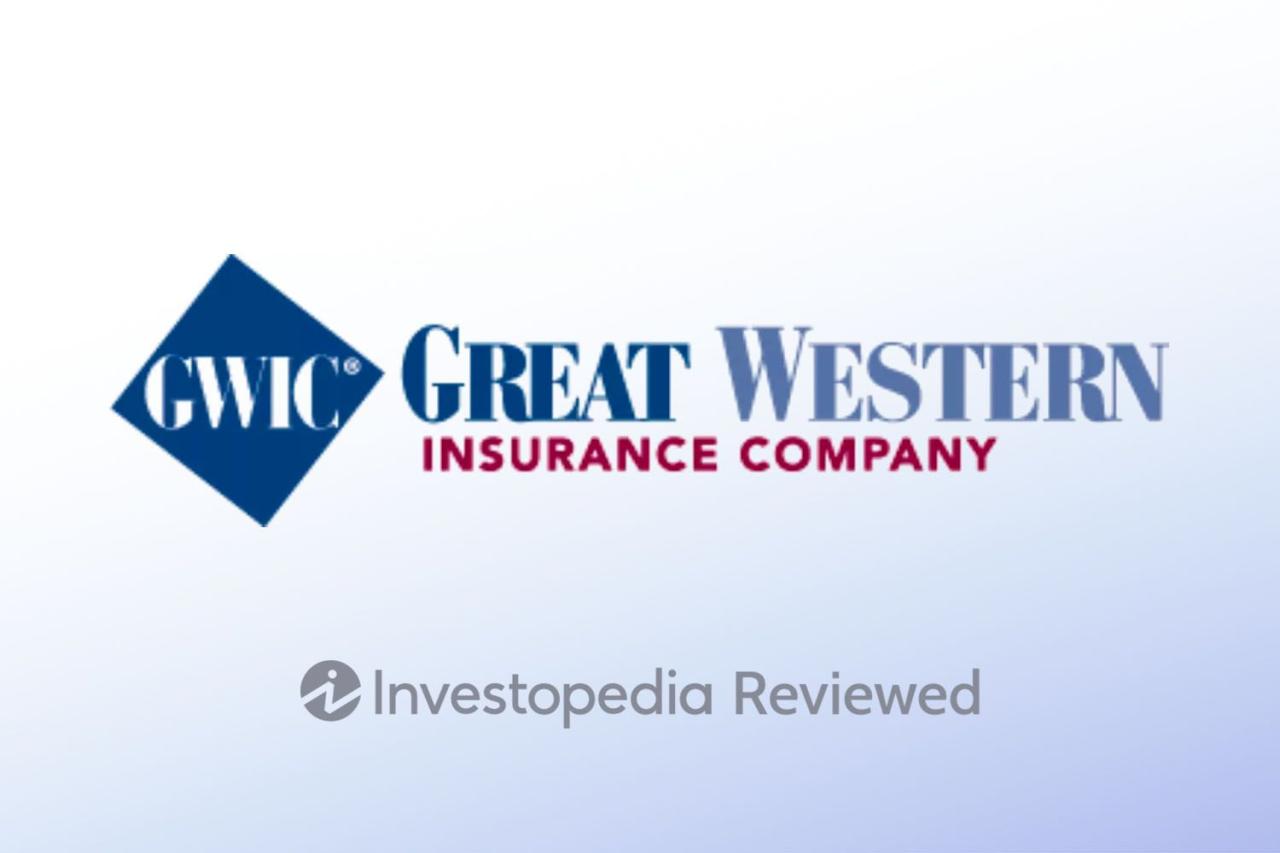Navigating the Maze: Exploring Health Insurance Alternatives Beyond Traditional Coverage
The traditional model of health insurance, with its premiums, deductibles, and copayments, is increasingly facing scrutiny as individuals and families seek more affordable and flexible healthcare solutions. This has spurred a burgeoning landscape of health insurance alternatives, offering diverse options for managing healthcare costs and accessing quality care. From Health Savings Accounts (HSAs) to Direct Primary Care (DPC), these alternatives cater to a range of needs and preferences, presenting a compelling case for a shift in how we approach healthcare financing. This exploration delves into the intricacies of these alternative models, analyzing their benefits and limitations, and providing a comprehensive guide to navigating the complexities of choosing the right fit. We’ll examine the growing trends, emerging technologies, and evolving regulatory landscape that are shaping the future of healthcare financing. Understanding Traditional Health Insurance Traditional health insurance, also known as employer-sponsored health insurance, has been a cornerstone of healthcare coverage in the United States for decades. It provides financial protection against the high costs of medical care, offering peace of mind to individuals and families. However, as the healthcare landscape evolves, it’s essential to understand the workings of traditional health insurance and weigh its advantages and disadvantages against alternative options. Structure of Traditional Health Insurance Plans Traditional health insurance plans are structured to share the costs of healthcare between the insurer and the insured. Key features of these plans include: Premiums: Regular payments made by the insured to maintain coverage. Premiums are typically deducted from paychecks for employer-sponsored plans. Deductibles: The amount the insured must pay out-of-pocket before the insurance plan begins covering costs. Deductibles vary depending on the plan and can be quite substantial. Copayments: Fixed amounts the insured pays for specific services, such as doctor visits or prescriptions. Copayments are typically lower than deductibles but still contribute to out-of-pocket expenses. Coinsurance: A percentage of medical costs that the insured is responsible for after the deductible has been met. Coinsurance rates vary depending on the plan. Coverage Limits: Maximum amounts the insurance plan will pay for certain services or conditions. Coverage limits can restrict access to specialized care or expensive treatments. Advantages of Traditional Health Insurance Traditional health insurance offers several advantages: Comprehensive Coverage: Traditional plans typically cover a wide range of medical services, including preventive care, hospitalization, surgery, and prescription drugs. Predictable Costs: Premiums are generally fixed, allowing individuals to budget for their healthcare expenses. Tax Advantages: Employer-sponsored health insurance premiums are often tax-deductible for both employers and employees. Negotiating Power: Large insurance companies have greater bargaining power with healthcare providers, potentially resulting in lower costs for insured individuals. Disadvantages of Traditional Health Insurance Despite its advantages, traditional health insurance also has its drawbacks: High Costs: Premiums, deductibles, and copayments can be significant, especially for families or individuals with high healthcare needs. Limited Flexibility: Traditional plans often have limited provider networks, restricting choices for healthcare providers and hospitals. Administrative Burden: Navigating the complexities of traditional health insurance plans can be challenging, involving paperwork, pre-authorization requirements, and claims processing. Potential for Rising Costs: Healthcare costs continue to rise, which can lead to increased premiums and out-of-pocket expenses for insured individuals. Exploring Alternative Healthcare Financing Options Navigating the complex landscape of healthcare costs can be daunting, particularly when considering the traditional health insurance model. Fortunately, numerous alternative financing options offer a spectrum of choices to cater to diverse needs and preferences. Understanding these alternatives empowers individuals and families to make informed decisions about their healthcare financial planning. Health Savings Accounts (HSAs) HSAs are tax-advantaged savings accounts specifically designed for healthcare expenses. Individuals with high-deductible health insurance plans are eligible to contribute to an HSA, which allows pre-tax contributions to accumulate for future medical expenses. Tax Advantages: HSA contributions are tax-deductible, and withdrawals for qualified medical expenses are tax-free, making them a powerful tool for saving on healthcare costs. Account Ownership: Individuals own and control their HSAs, allowing them to carry over funds from year to year, unlike FSAs. Investment Options: HSAs often offer investment options, allowing funds to grow over time. Flexible Spending Accounts (FSAs) FSAs are employer-sponsored accounts that allow employees to set aside pre-tax dollars for eligible healthcare expenses. These funds can be used for a wide range of medical costs, including deductibles, copayments, and prescription drugs. Tax Advantages: FSA contributions reduce taxable income, resulting in tax savings. Employer-Sponsored: FSAs are typically offered by employers, with contribution limits set by the employer. Use-It-or-Lose-It Rule: A significant drawback is that unused FSA funds at the end of the year are generally forfeited. Health Reimbursement Arrangements (HRAs) HRAs are employer-funded health reimbursement plans that reimburse employees for eligible healthcare expenses. These plans are typically offered alongside high-deductible health insurance plans. Employer-Funded: HRAs are funded by the employer, not the employee. Tax Advantages: Employer contributions to HRAs are tax-deductible for the employer, and reimbursements are tax-free for employees. No Use-It-or-Lose-It Rule: Unlike FSAs, unused HRA funds can typically roll over to the next year. Direct Primary Care (DPC) and Concierge Medicine Direct Primary Care (DPC) and Concierge Medicine represent alternative healthcare models that aim to provide patients with more personalized and accessible care. They differ from traditional insurance-based systems in their payment structures and the nature of the doctor-patient relationship. DPC and Concierge Medicine: Distinct Models DPC and Concierge Medicine share a common goal of providing patients with more personalized and accessible healthcare. However, they employ distinct models for payment and service delivery. Direct Primary Care (DPC): DPC practices operate on a membership-based model, where patients pay a fixed monthly fee for access to comprehensive primary care services. These services typically include routine checkups, preventive screenings, and management of chronic conditions. DPC practices are not typically affiliated with insurance plans, allowing them to focus on providing high-quality care without the administrative burdens associated with insurance billing. Concierge Medicine: Concierge medicine practices offer a higher level of personalized care by limiting the number of patients they serve. Patients pay a substantial annual fee, often in the thousands of dollars, for access to a physician who provides more extensive services, including same-day appointments, extended office visits, and after-hours availability. Concierge medicine practices may also accept insurance, but the focus is on providing premium care to a limited patient base. Benefits and Drawbacks of DPC and Concierge Medicine The potential benefits and drawbacks of DPC and Concierge Medicine vary depending on individual needs and preferences. Benefits: Increased Accessibility: DPC practices often offer more convenient appointment scheduling and shorter wait times compared to traditional primary care settings. The membership-based model eliminates the need for insurance pre-authorization and co-pays, facilitating easier access to care. Personalized Care: Both DPC and Concierge Medicine emphasize personalized care, with physicians dedicating more time to each patient. This allows for more in-depth consultations, proactive health management, and tailored treatment plans. Cost Transparency: DPC practices provide upfront pricing for their services, eliminating the uncertainty associated with insurance deductibles and co-pays. This transparency allows patients to budget for their healthcare expenses more effectively. Drawbacks: Limited Coverage: DPC and Concierge Medicine typically do not cover specialist care, hospitalizations, or major medical procedures. Patients may need to rely on separate insurance plans or pay out-of-pocket for these services. Accessibility Issues: The membership fees associated with DPC and Concierge Medicine can be a barrier for individuals with limited financial resources. This could exacerbate healthcare disparities and limit access to care for lower-income populations. … Read more










